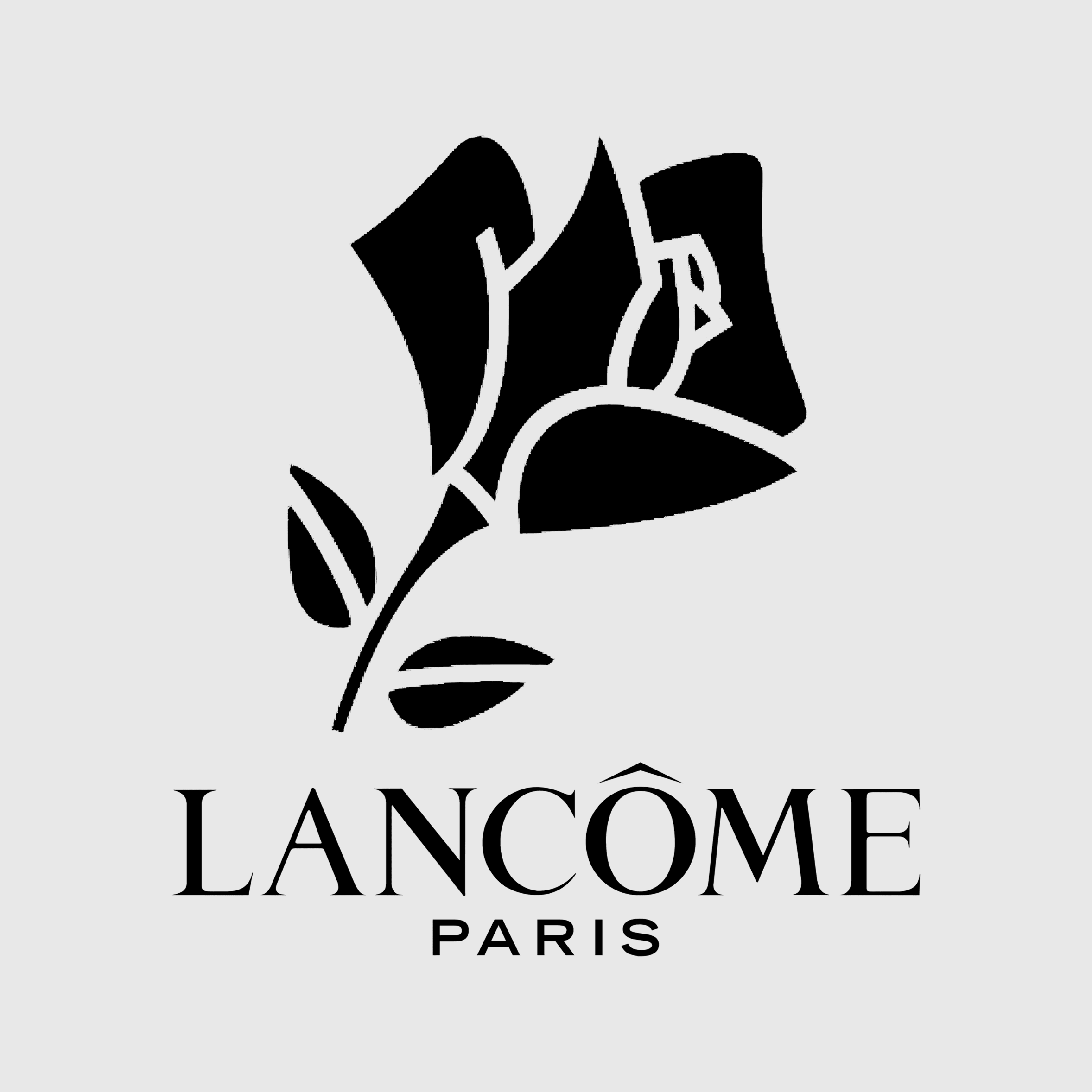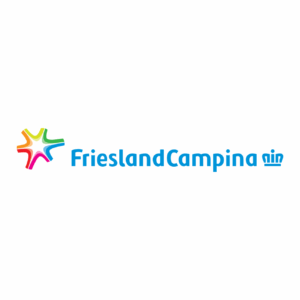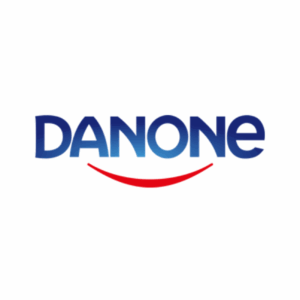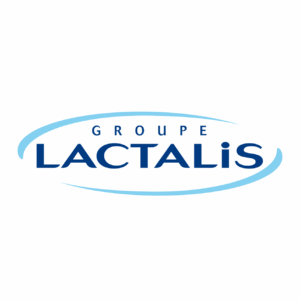Introduction to Lancôme
Lancôme, a prestigious name in the beauty industry, has established itself as a symbol of luxury and innovation since its inception. Founded in 1935, Lancôme by perfumer Armand Petitjean, it has continuously redefined beauty standards with its iconic makeup, skincare, and fragrance offerings.
Beyond its commitment to elegance and efficacy, Lancôme is also dedicated to sustainability, recognizing the importance of minimizing its environmental impact and fostering social responsibility. Through sustainable ingredient sourcing, eco-friendly packaging initiatives, and community engagement programs, Lancôme demonstrates its commitment to preserving the planet and supporting ethical practices throughout its supply chain
Over the decades, Lancôme spreads its vision of French spirit and elegance combined with major innovations allowing Lancôme to become the leading luxury beauty brand in the world
Believe in Beauty
Criteria
Carbon Footprint, Medium
- Level 1 (Produced by the Company): Lancome has made significant strides in reducing its environmental impact by focusing on sustainable practices in its This includes efforts to limit waste and water usage, achieve zero industrial waste-to-landfill, and reduce the amount of virgin petroleum content in plastic packaging to 50% or less by 2030.
- Level 2 (Indirectly Generated): Lancome is committed to sustainability through various initiatives like using more natural formulas, sustainable raw materials, green chemistry, and biotechnology to reduce its environmental impact. The brand has also developed innovative packaging solutions that help reduce the environmental impact of its products by offering rechargeable, refillable, or recyclable
- Level 3 (Generated by Suppliers of Goods and Services): Lancome’s sustainability program, “Caring Together for a Happier Tomorrow,” focuses on protecting biodiversity, promoting sustainable consumption, and empowering women. The brand offers refillable, rechargeable, and recyclable products to promote sustainable consumption. Additionally, Lancome is accelerating its global transformation by addressing issues such as protecting biodiversity and supporting vulnerable women through
Ecological Impact, Medium
Biodegradable Waste Materials: Lancome has taken significant steps to address its ecological impact by focusing on sustainable practices. The brand is committed to protecting biodiversity, promoting sustainable consumption, and empowering women through its global sustainability program, “Caring Together for a Happier Tomorrow”.
Dyeing and Laundering Fabrics without Releasing Toxic Substances: While Lancome is primarily known for its cosmetics and fragrances, the brand’s sustainability initiatives extend to reducing environmental impact across various aspects of its operations. Although the sources do not specifically mention dyeing or laundering fabrics, Lancome’s focus on sustainable consumption choices and eco-friendly practices indicates a broader commitment to minimizing toxic substances in its processes.
Energy Consumption, Medium
Energy Consumption Reduction: Lancome has implemented specific measures to reduce its daily impact by decreasing energy consumption. While the sources do not provide detailed information specific to Lancome’s energy reduction plans, the brand’s commitment to minimizing waste and limiting business operations suggests a broader focus on energy efficiency and sustainability.
Purchase of Clean Energy: While direct information about Lancome’s purchase of clean energy is not explicitly mentioned in the provided sources, the sustainability initiatives of L’Oréal Group, Lancome’s parent company, indicate a strategic focus on using renewable energy sources.
L’Oréal Group aims to achieve carbon neutrality at all its sites by improving energy efficiency and transitioning to 100% renewable energy by 2025.
Freight Density, Medium
The analysis of the makeup brand Lancome in terms of freight density optimization involves understanding how the brand’s products are shipped and transported efficiently. Freight density is crucial in determining shipping costs and optimizing space utilization during transportation:
- Freight Density Calculation: Freight density refers to how much space a shipment occupies relative to its weight. It is calculated by dividing the weight of a shipment in pounds by its volume in cubic feet. Higher density means the shipment is denser and occupies less space relative to its weight, making it more cost-effective to transport.
- Importance of Freight Class: Freight class plays a significant role in determining shipping rates, with lower classes indicating lower prices for shipping. Factors like density, stowability, handling requirements, and liability influence freight classification. Accurate classification helps avoid additional fees and ensures fair compensation in case of damage during transit.
- NMFC Classification: The National Motor Freight Classification (NMFC) system categorizes commodities based on their characteristics like density, stowability, handling, and liability. This standardized system assigns specific classes ranging from class 50 (lowest cost) to class 500 (highest cost), with density being a key factor in determining the class.
Recycling Rates, Medium
Recycling Programs: Lancome has established product recycling initiatives where customers can recycle empty products at designated boutiques and counters. This program incentivizes recycling by rewarding customers with loyalty points for each recycled product, excluding trial sizes, makeup bags, and sheet masks.
Sustainability Goals: Lancome aims to accelerate its global transformation by focusing on biodiversity protection, empowering women through education, and encouraging sustainable consumption choices among customers. The brand’s main sustainability objective is to achieve 50% refillable or rechargeable products by 2025.
Achievements and Challenges: Lancome has made significant strides in sustainability, with achievements like using 99% organic roses in skincare and makeup products and avoiding the use of 250 tons of glass through recharge capsules. However, there are setbacks such as the lack of a transparent ESG report, leading to challenges in tracking progress effectively.
Saving Levels, Medium
Analyzing the savings and improvements made by Lancome over time involves assessing the brand’s progress in reducing its environmental impact and enhancing sustainability efforts: Reduction in Carbon Emissions: Lancome has implemented measures to reduce its carbon footprint, focusing on areas like energy consumption, waste minimization, and sustainable practices. While specific data on the percentage of carbon emissions reduction over a year is not provided in the sources, Lancome’s commitment to decreasing energy consumption and minimizing waste indicates progress towards environmental sustainability.
Product Recycling Program: Lancome’s product recycling program incentivizes customers to recycle empty products at designated boutiques and counters. Each recycled product may be rewarded with loyalty points, encouraging customers to participate in sustainable practices. This initiative not only promotes recycling but also fosters customer engagement in environmental conservation efforts.
Specific Product Monitoring, Medium
Analyzing Lancome’s sustainability performance involves tracking specific product monitoring to understand how products are produced, used, and recycled:
- Product Recycling Program: Lancome has a Product Recycling Program where customers can recycle empty products at designated boutiques and counters. This initiative encourages customers to finish products, pour out leftover liquid, remove labels, rinse bottles, and separate caps/pumps for recycling. Each recycled product can earn customers loyalty points under the “My Lancôme Rewards” program.
- Sustainability Goals: Lancome aims to reach 50% refillable or rechargeable products by 2025. They have already made progress by reducing plastic in packaging and introducing refillable cosmetics like perfumes, creams, and makeup lines. Lancome’s sustainability activities focus on protecting biodiversity, supporting women’s education, and empowering customers to make sustainable consumption choices.
- Weaknesses and Setbacks: Lancome faces challenges such as not having a transparent ESG report, leading to a lack of clear progress tracking in sustainability goals. While they have made progress in some areas like refillable fragrances and rechargeable skincare products, there are areas where progress has not been reported as planned.
Supply Chain Waste, Medium
Analyzing Lancome’s sustainability level across its value chain involves assessing various aspects of the company’s operations:
Packaging Plastic Waste Management: Lancome, as a cosmetic brand, is involved in managing packaging plastic waste within its supply chain. The industry focuses on areas like cosmetic packaging, waste generation, collection, sorting, treatment, and disposal. Businesses like Lancome invest in different sections of this waste management system to improve efficiency and sustainability. Notably, investments often target technological advancements and third-party collaborations to drive visible change, with a particular emphasis on waste treatment.
Sustainability Initiatives: Lancome has made strides in sustainability by collecting and recycling over 10 million empty bottles through its “Empty Bottle Recycling Program.” This initiative incentivizes customers to recycle by offering loyalty points for each recycled bottle.
Certifications and Sustainability Goals: Lancome has obtained certifications like Fair Trade, Fair for Life, and RSPO (Roundtable on Sustainable Palm Oil) to demonstrate its commitment to sustainability. The brand’s sustainability goals include using organic ingredients like 99% organic roses in skincare and makeup products.
Sustainability Scorecards, High
To analyze Lancome’s sustainability from the perspective of third-party assessment and sustainability scorecards, it is evident that Lancome has made significant strides in its sustainability initiatives. The brand has a strong focus on environmental responsibility, ethical sourcing, and reducing its environmental footprint.
Environmental Initiatives: Lancome has accelerated its global transformation by addressing key issues like protecting biodiversity and reducing plastic waste. They aim to have 50% refillable or rechargeable products by 2025.
- Ethical Sourcing: Lancome is committed to sourcing significant raw materials ethically and sustainably by 2030, aligning with global sustainability goals.
- Consumer Engagement: Lancome empowers customers to make sustainable consumption choices and actively involves them in their sustainability journey.
- Certifications and Standards: Lancome’s sustainability efforts align with recognized standards and frameworks like Fair Trade and RSPO, enhancing its credibility in sustainable practices.
Water Management, Medium
Amount of Water Used: Lancome, as part of L’Oreal, has set ambitious targets to evaluate all its formulas by 2030 to ensure they are respectful of aquatic ecosystems, aiming for 100% compliance.
- Percentage of Water Recycled and/or Reused: By 2030, Lancome aims for 100% of the water used in its industrial processes to be recycled and reused in a loop, showcasing a commitment to sustainable water management.
- Percentage of Water Wasted: Lancome’s efforts to reduce water consumption by 25% per finished product by 2030 compared to 2016 indicate a focus on minimizing water wastage in product usage.
- Percentage of Water Returned Unpolluted: Lancome’s sustainability initiatives align with L’Oreal’s focus on sustainable water management, ensuring that all strategic suppliers use water sustainably in the areas where they operate by 2030.
Conclusion
In conclusion, Lancôme’s unwavering dedication to sustainability not only reflects its commitment to environmental stewardship but also reinforces its position as a leader in the beauty industry.
By integrating sustainable practices into its operations and supply chain, Lancôme not only meets the evolving demands of conscientious consumers but also contributes to the collective effort of creating a more sustainable future.
Related to other brands
Number of criteria met by each brand:
ESCP Business School Team
Research developed by five curious international ESCP Business School students who have worked together to successfully complete their consulting project. They analysed four brands in four different categories -20 brands: sneakers, pod coffee, jeans, makeup, and chocolate, according to 10 environmental criteria.
- Amélie Zeck – Sneaker industry analyst
- Manon Droisier – Jeans industry analyst
- Giorgia Casale – Makeup industry analyst
- Amélie Mahon – Chocolate industry analyst
- Capucine Coselli-Vassoille – Pod coffee industry analyst





0 Comments